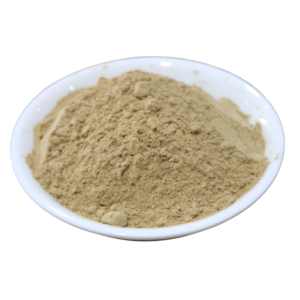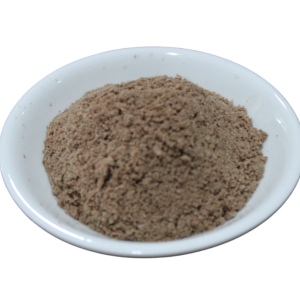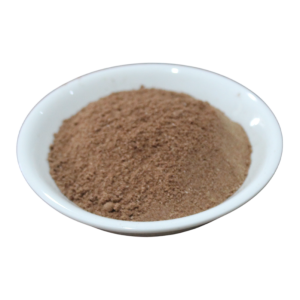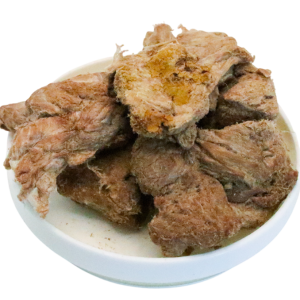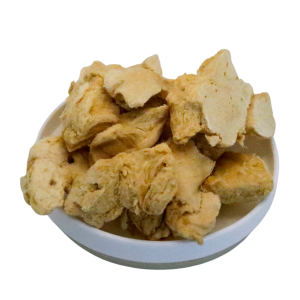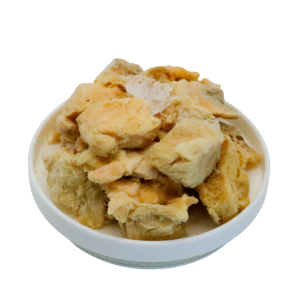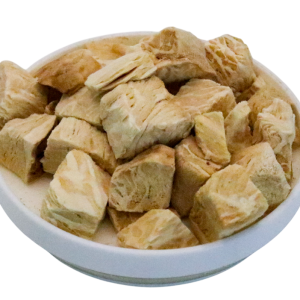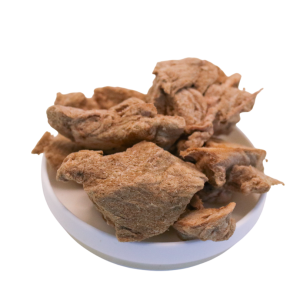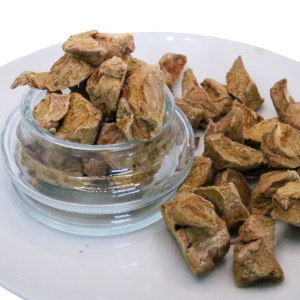Offal Powders: Industry insights. market trends, freeze-drying opportunities and commercial use cases
When people talk about value-add in the protein sector, ‘offal’ often gets overlooked. Yet converting organ meats and other abattoir co-products into stable, saleable powders is rapidly moving from niche to mainstream. Offal powders (sometimes labelled organ meat powder or heart/liver powders) offer a way to capture nutritional value, reduce waste and open new markets, from premium pet food and human functional foods to nutraceutical ingredients and specialised feedstocks.
The global edible offal market is sizeable and growing, and offal’s movement into value-added formats (including powders) is a clear commercial trend. For organisations that can reliably process, preserve and certify these ingredients, the upside is significant.
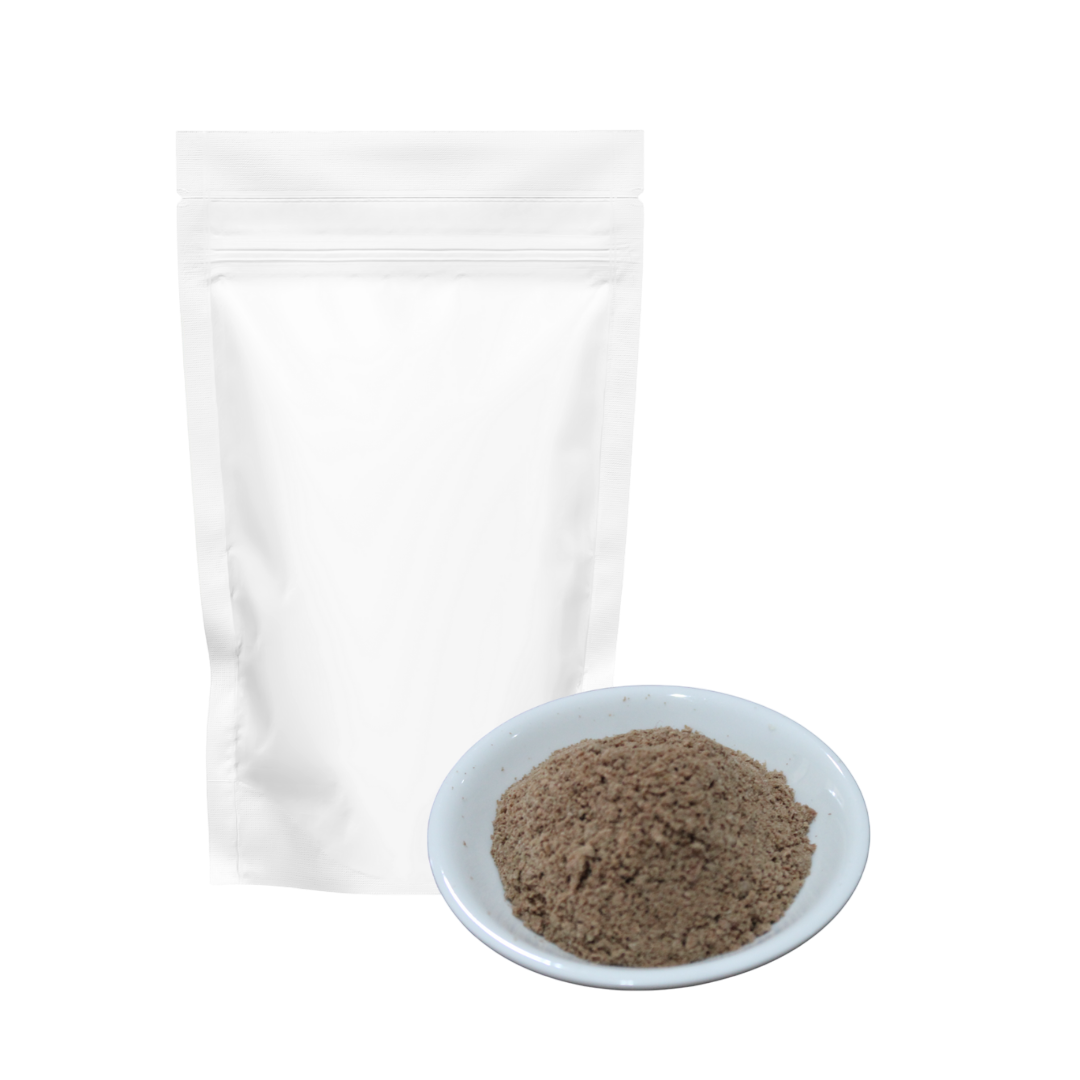
Market snapshot: scale, growth drivers and demand pockets
Multiple recent market reports show the edible offal market expanding steadily over the coming decade. The sector’s broad growth is a tailwind for powders and processed offal formats. Market estimates vary, but reports commonly place the 2022 market around USD 40 billion and project mid-single-digit CAGR growth into the 2030s. Key demand drivers include rising protein consumption in emerging markets, ‘nose to tail’ sustainability trends and strong demand for processed, convenient formats in both human and pet food channels.
High growth pockets relevant to offal powders:
- Freeze-dried pet food and treats: pet humanisation and premiumisation are increasing demand for high protein, raw-inspired ingredients. Freeze dried formats are a major growth vector
- Nutraceuticals: liver and organ-derived powders provide concentrated vitamins (A, B12), iron and cofactors that attract interest from capsule formulators
- Functional food ingredients: small batch artisanal and functional food brands are experiementing with organ-dervied protein and mineral powders
Why powders? Commercial advantages of offal powders
Turning perishable offal into powders delivers several concrete commercial benefits:
1. Extend shelf-life and logistics: powdered ingredients remove the cold-chain constraint for many applications, simplify transport and open distribution to export markets and online channels.
2. Portionable, consistent ingredients: powders are easier to formulate with (accurate dosing, dry blends), enabling co-manufacturers and formulators to integrate organ-derived nutrition into bars, treats and capsules.
3. Waste reduction and circular economics: valorising by-products reduces waste disposal costs for processors and captures additional revenue from streams that otherwise have low value.
4. Premium positioning and clean labels: In pet food, especially, consumers reward whole-food, recognisable ingredients. Freeze-dried liver or organ powders can be positioned as high-quality, single-sourced additions.
Those commercial advantages explain why freeze dried powders, not just rendered meals are attracting investmetn and product development.
Freeze drying: the technical and nutritional case
Freeze drying (lyophilisation) is the premier method for producing high-quality offal powders when the goal is nutrient and flavour retention. The process freezes the material and removes ice via sublimation under vacuum, preserving structure and many heat-sensitive bioactives better than thermal drying or canning.
Technical and nutritional highlights:
- High retention of bioactives. Studies and industry summaries show freeze drying retains a large portion of vitamins, proteins and flavour compounds compared with conventional drying, making it suitable where nutritional integrity matters (pet food, nutraceuticals).
- Rehydration and sensory quality. Freeze-dried powders rehydrate cleanly and maintain desirable organoleptic characteristics, useful for ready-to-reconstitute products or as inclusions in kibble/soft food.
- Shelf stability without heavy additives. Freeze-dried offal can attain low moisture activity levels that prevent spoilage, allowing ‘clean-label’ claims without excessive preservatives.
Processing pathways: from abattoir to powder
Organising an offal-to-powder operation involves a sequence of processing and quality controls. Typical steps include:
1. Collection & segregation at the abattoir: rapid separation of edible offal from waste streams; segregation by species and organ type for traceability. (Equipment suppliers for offal handling are widely available for poultry, pork, beef lines.)
2. Initial chilling/freezing: to prevent spoilage before transport to the processing facility.
3. Pre-processing (trimming, mincing): removal of contaminants, homogenous particle size for consistent freeze-drying.
4. Freeze-drying: primary and secondary drying stages tuned for organ type (liver, kidney, heart).
5. Milling & sieving: producing the target powder particle size for the intended formulation.
6. Packaging under inert atmosphere/moisture control: critical to preserve shelf life and avoid oxidation of lipids (organs are often high in unsaturated fats).
7. Analytical testing & certification: nutrient profile, heavy metals, micro testing, and (if required) halal/kosher, organic or other claims.
Each step requires documented SOPs and a strong food-safety management system because offal has different microbial and enzymatic profiles to muscle meat.
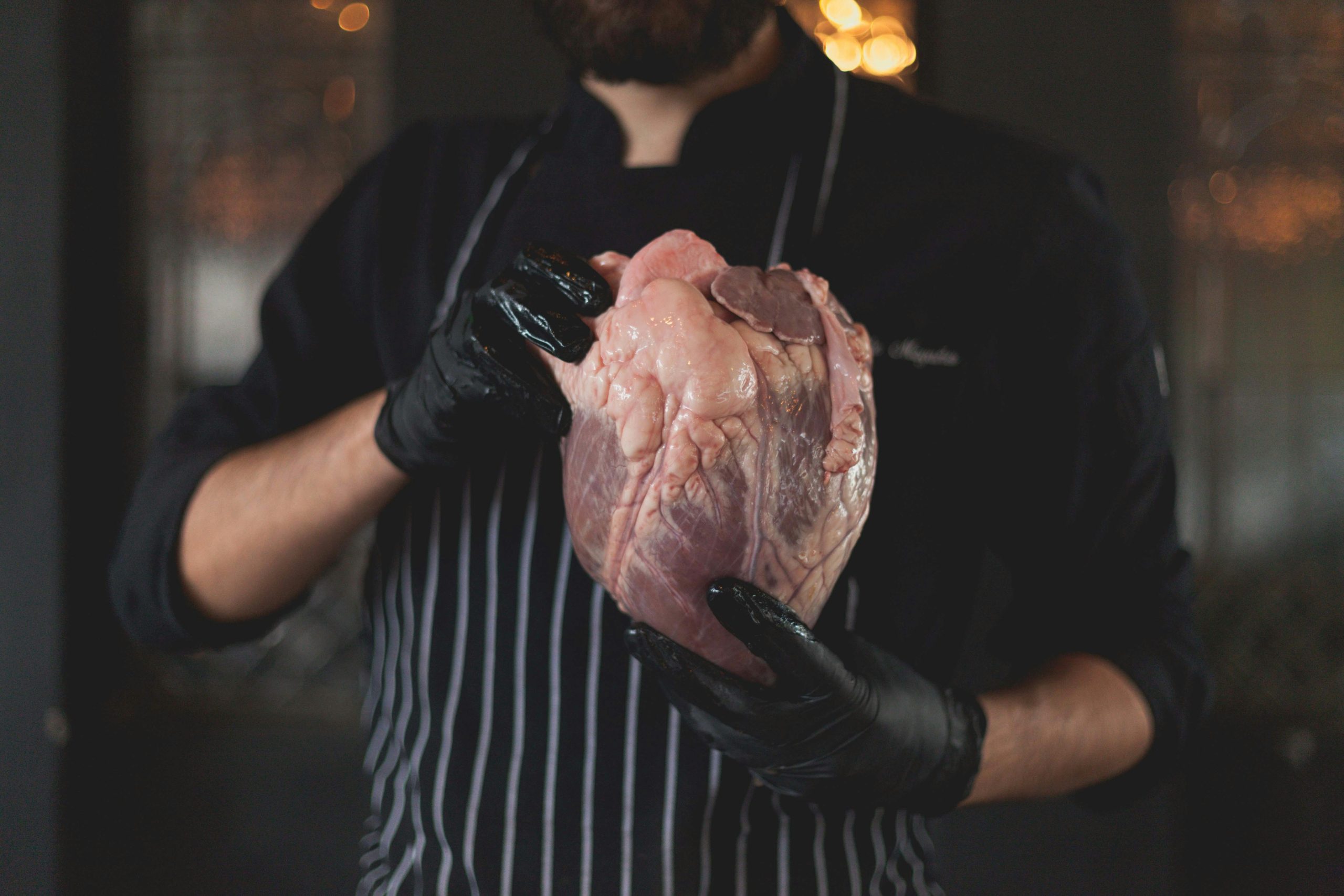
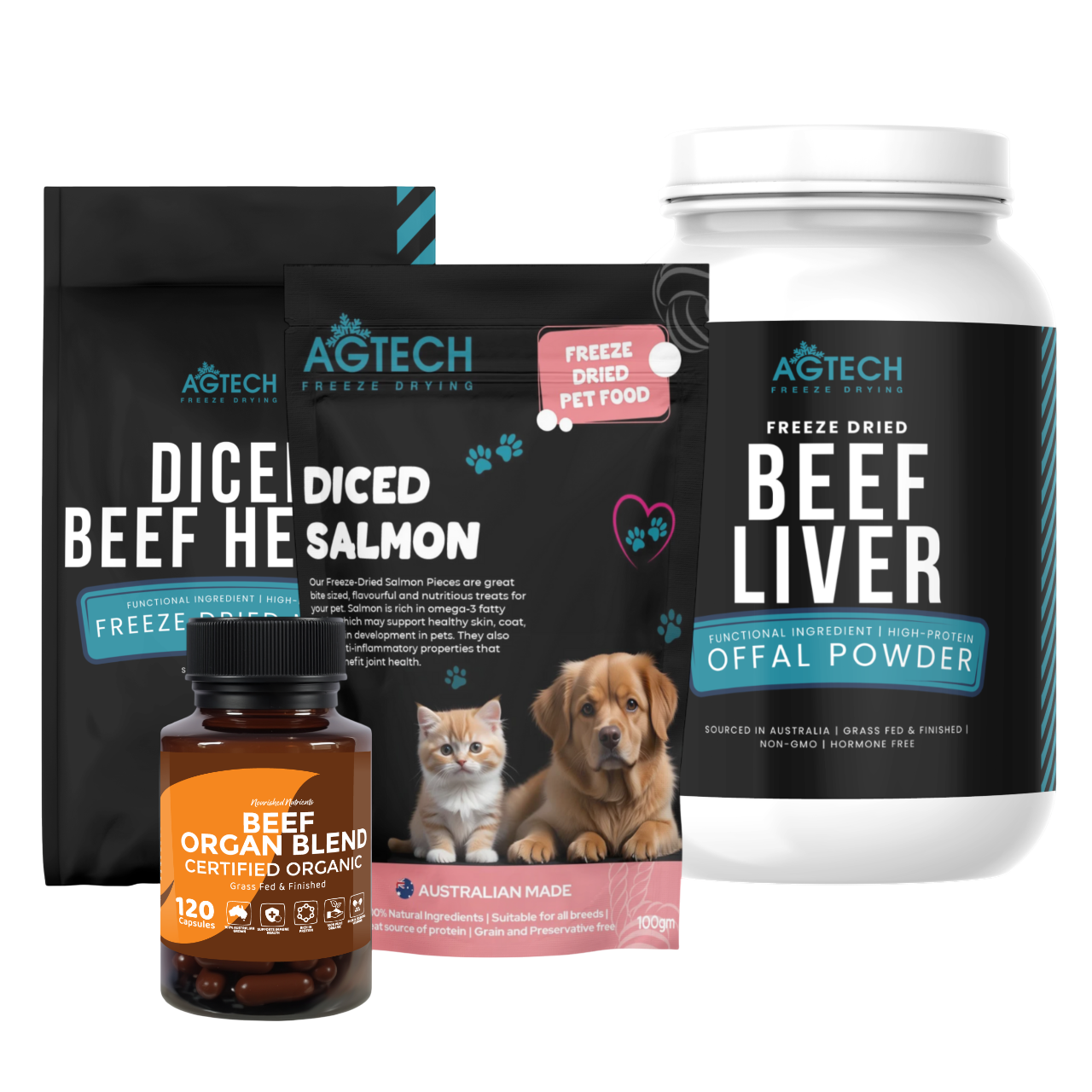
Use cases and commercial routes to market
Offal powders can be monetised across several channels; each requires different specs, certifications and volumes:
- Premium pet food & treats: freeze-dried liver and heart powders are already used as toppers, complete raw blends and treats; this is the fastest growing commercial route due to consumer willingness to pay for perceived quality.
- Nutraceutical ingredients & capsules: organ powders (e.g. liver) are rich in vitamin B12, iron and Vitamin A precursors, attractive for capsule or powdered supplements when dosed correctly and with safety tests.
- Functional / speciality foods: inclusion in protein bars, broths, seasonings and heritage product lines; positioning here depends on consumer acceptance and clean labelling.
- Pet treats & chews: single-ingredient powders for training treats and toppers with high protein and organoleptic appeal.
- Ingredient supply to co-packers: B2B ingredient supply (pre-blended powders) for manufacturers who want to add organ nutrition without handling raw offal.
Each route has different margin profiles. Pet channels often allow premium pricing and lower volume production runs, making freeze-drying more viable despite higher unit costs.
Sustainability & circular economy impact
Offal powders are a clear enabler of circularity in meat systems. By turning low-value co-products into saleable ingredients, processors can reduce landfill, lower waste disposal emissions and improve the overall sustainability profile of the farm-to-fork chain. For brands and manufacturers, this “nose-to-tail” message resonates strongly with conscious consumers, provided the supply chain is transparent and well-certified.
At the same time, firms should quantify upstream impacts (energy use in freeze-drying can be high) and seek efficiency gains or renewable energy options to ensure that the net environmental balance remains positive

Outlook: what to watch in the next 3–5 years
- Growth in freeze-dried pet food and toppers will continue to create demand for high-quality organ powders.
- Regulatory clarifications in key export markets may open or restrict human food use cases, staying plugged into policy changes will be critical.
- Technological improvements (energy efficiency, continuous freeze-drying) could lower costs and broaden the range of viable applications.
- Brand experiments integrating organ powders into functional foods and supplements will determine whether consumer acceptance scales beyond pet channels.
Offal powders are a promising intersection of nutritional value, waste reduction and value-chain innovation. Freeze-drying offers a premium pathway to preserve nutrients and deliver shelf-stable, high-quality powders, particularly well-suited to the booming premium pet food and nutraceutical markets. Success in this space requires careful attention to food safety, yield economics and targeted market entry. For companies that can balance these operational challenges with strong marketing and certification, offal powders present a meaningful opportunity to capture value from previously under-utilised by-products.

